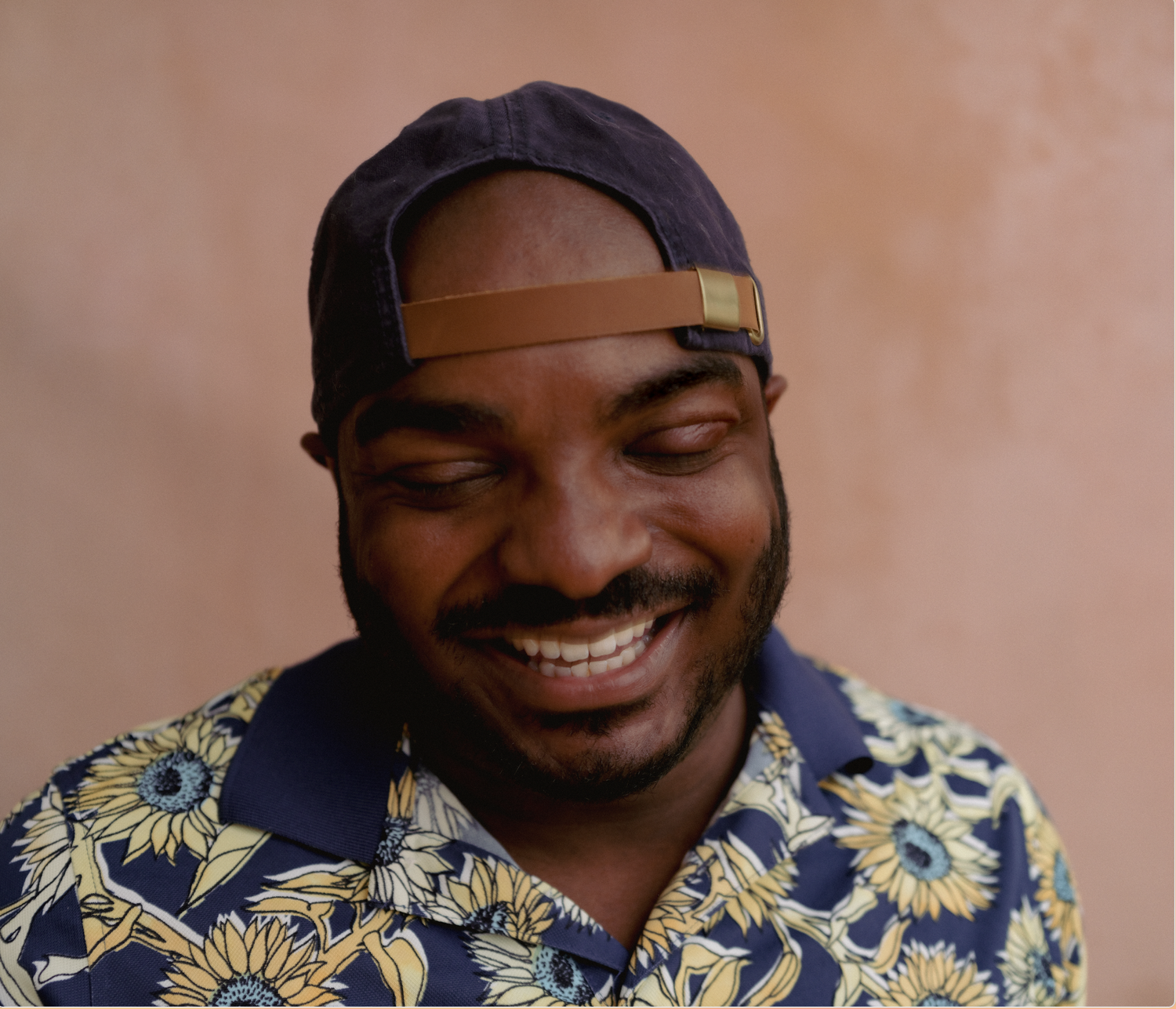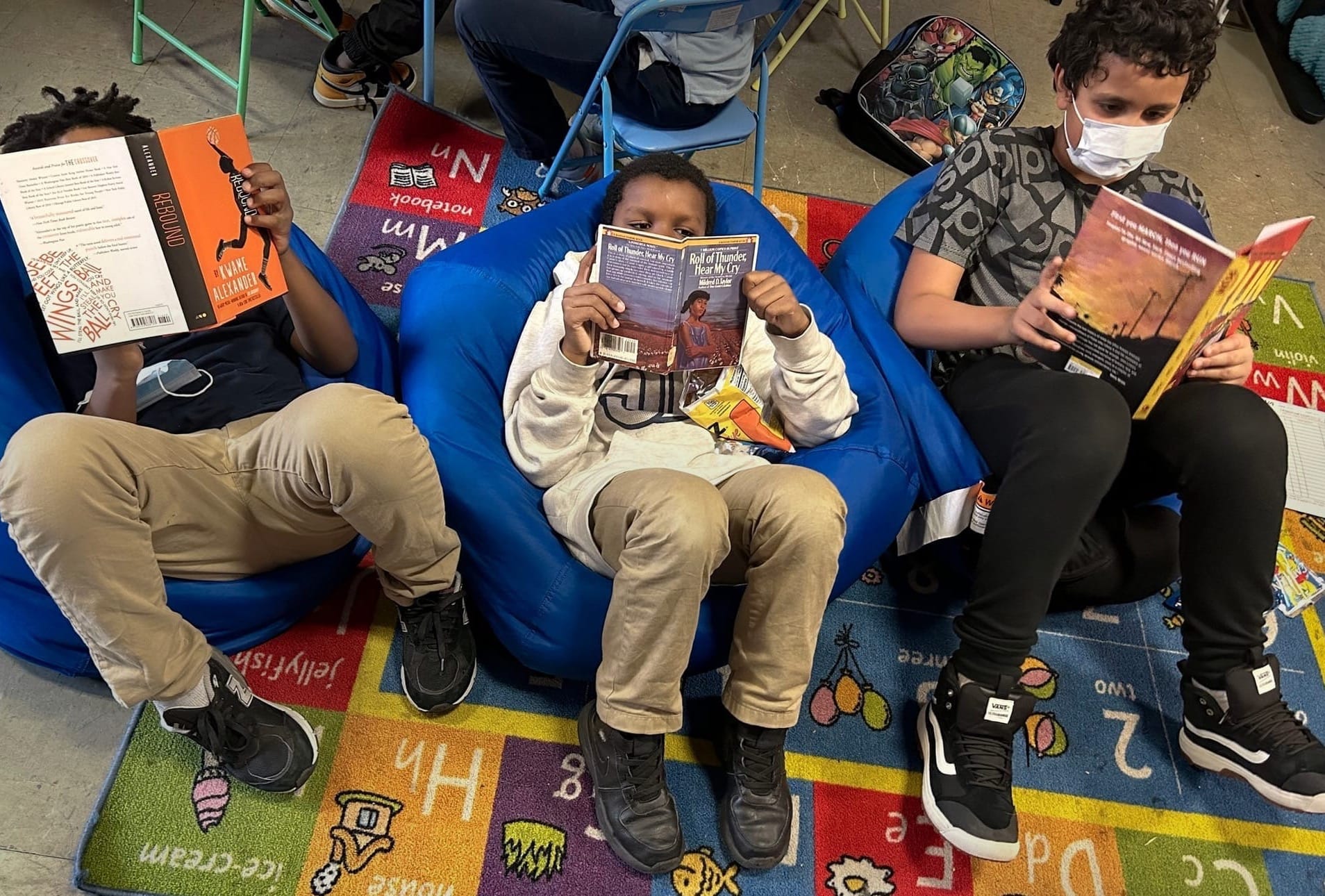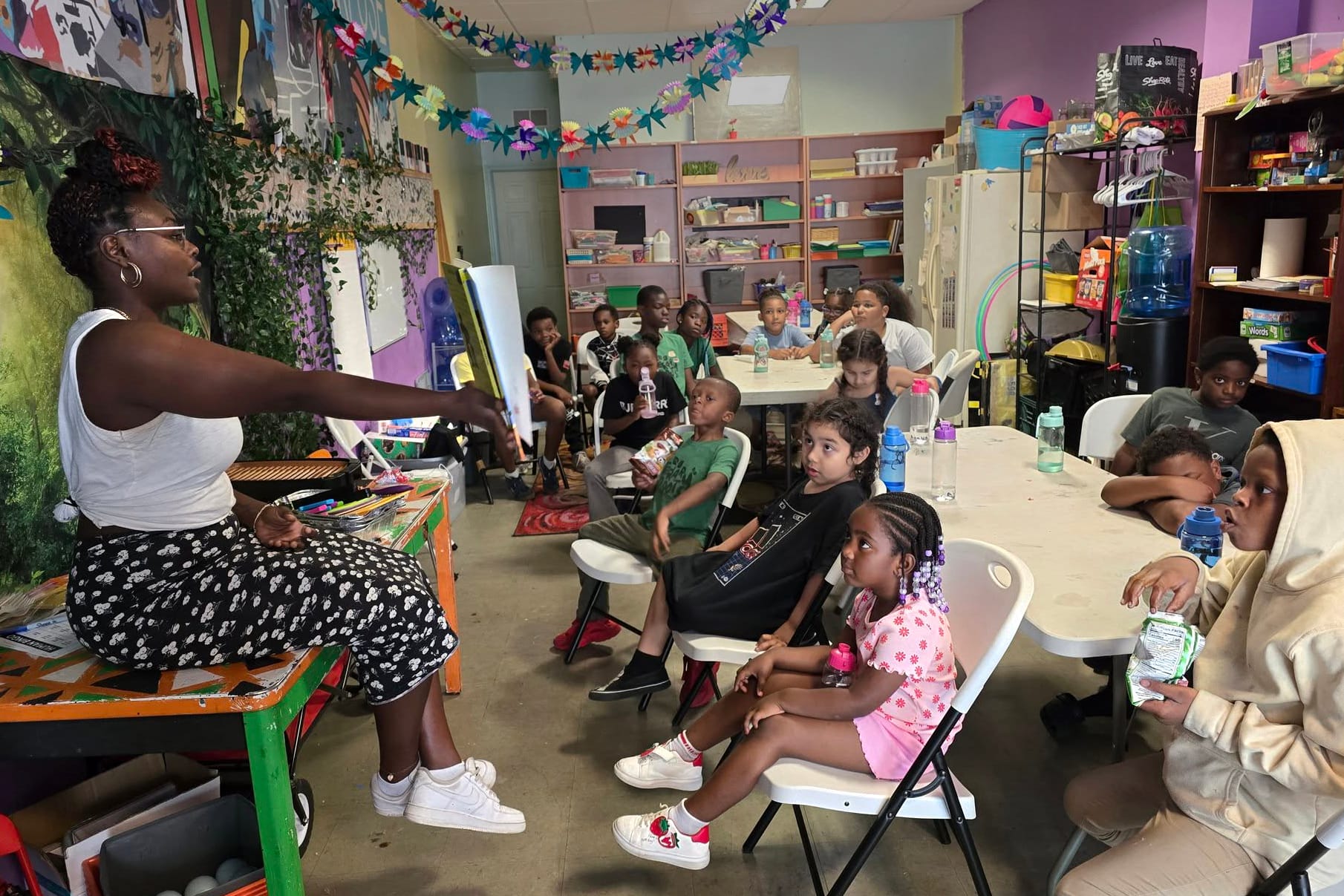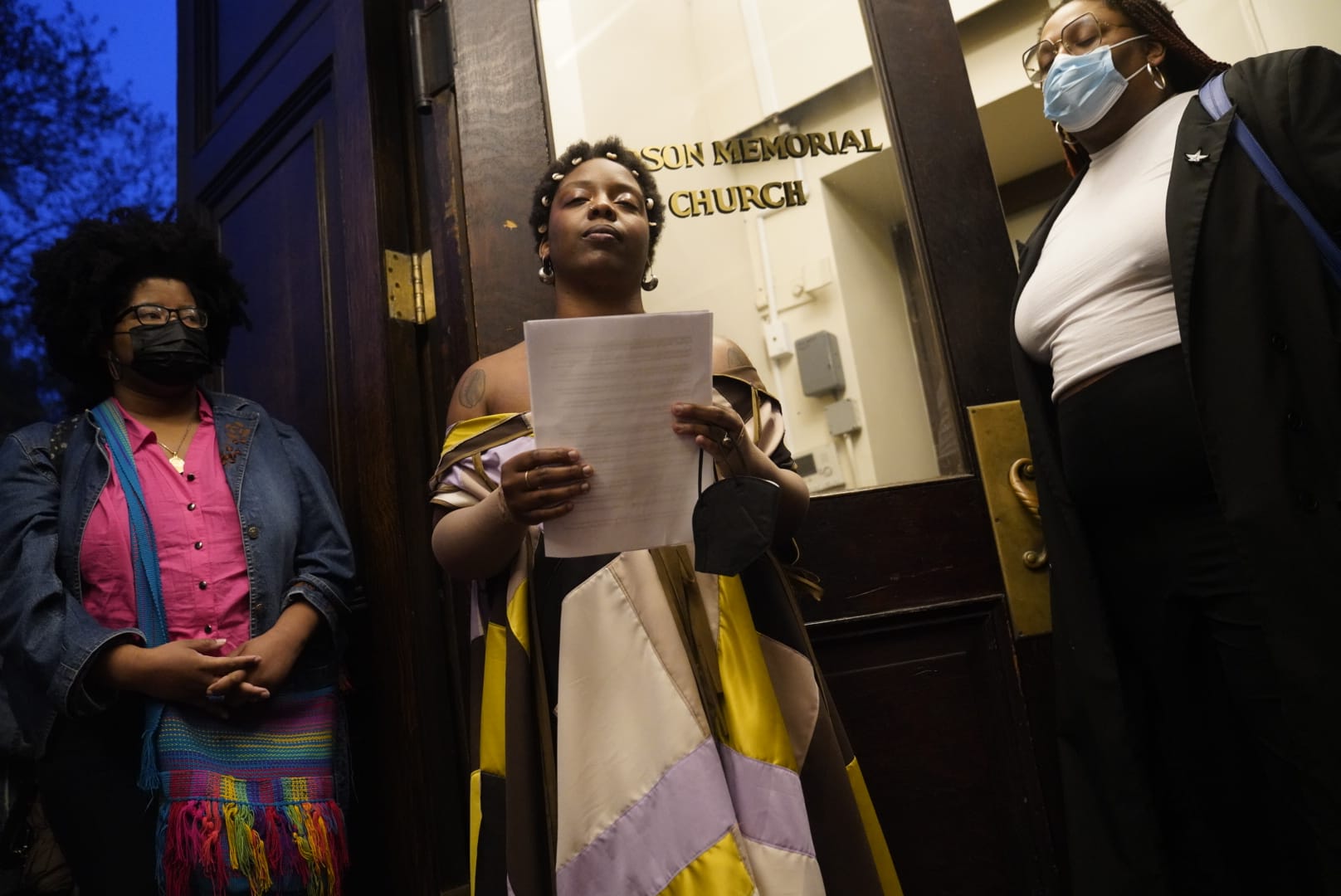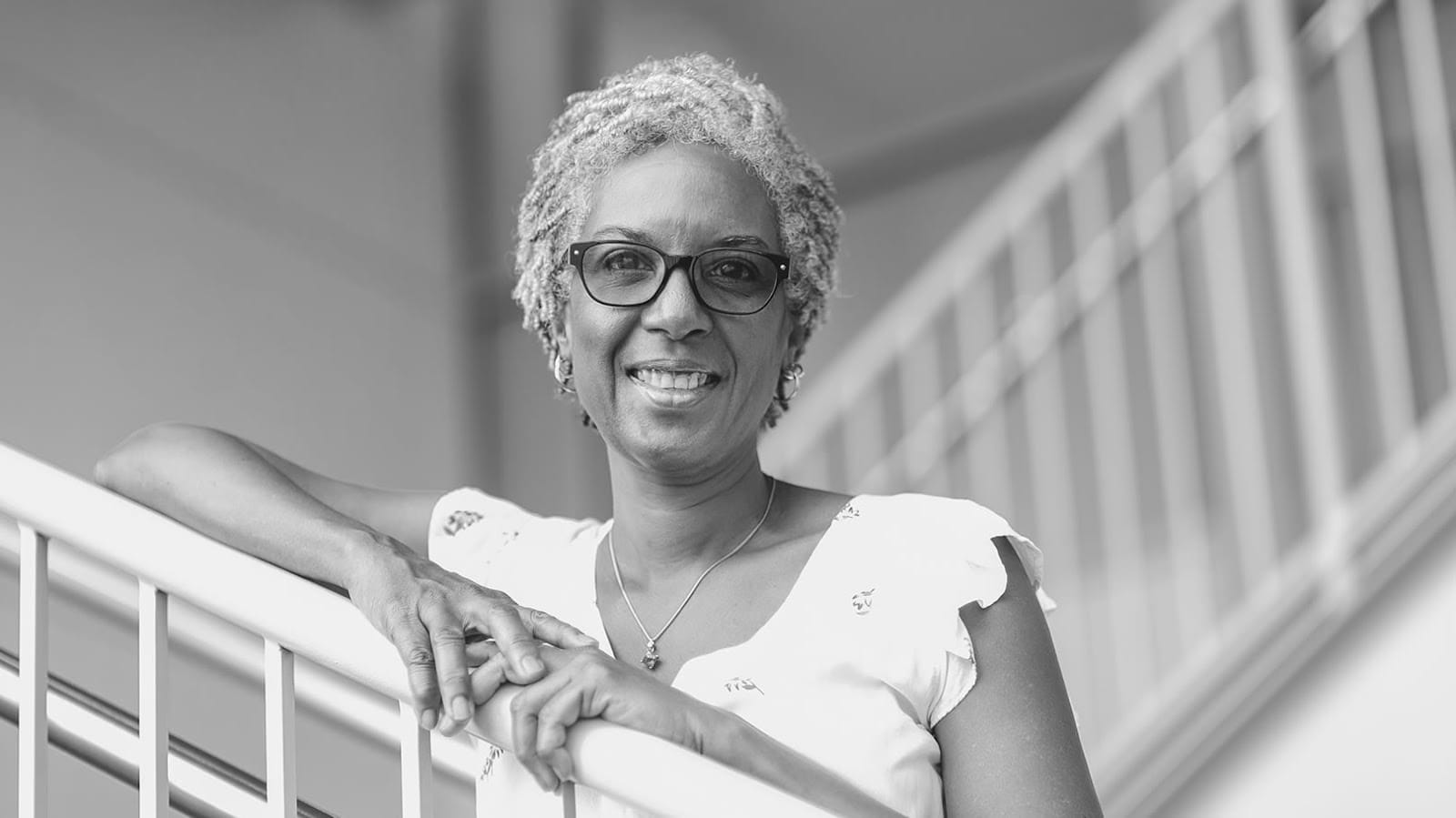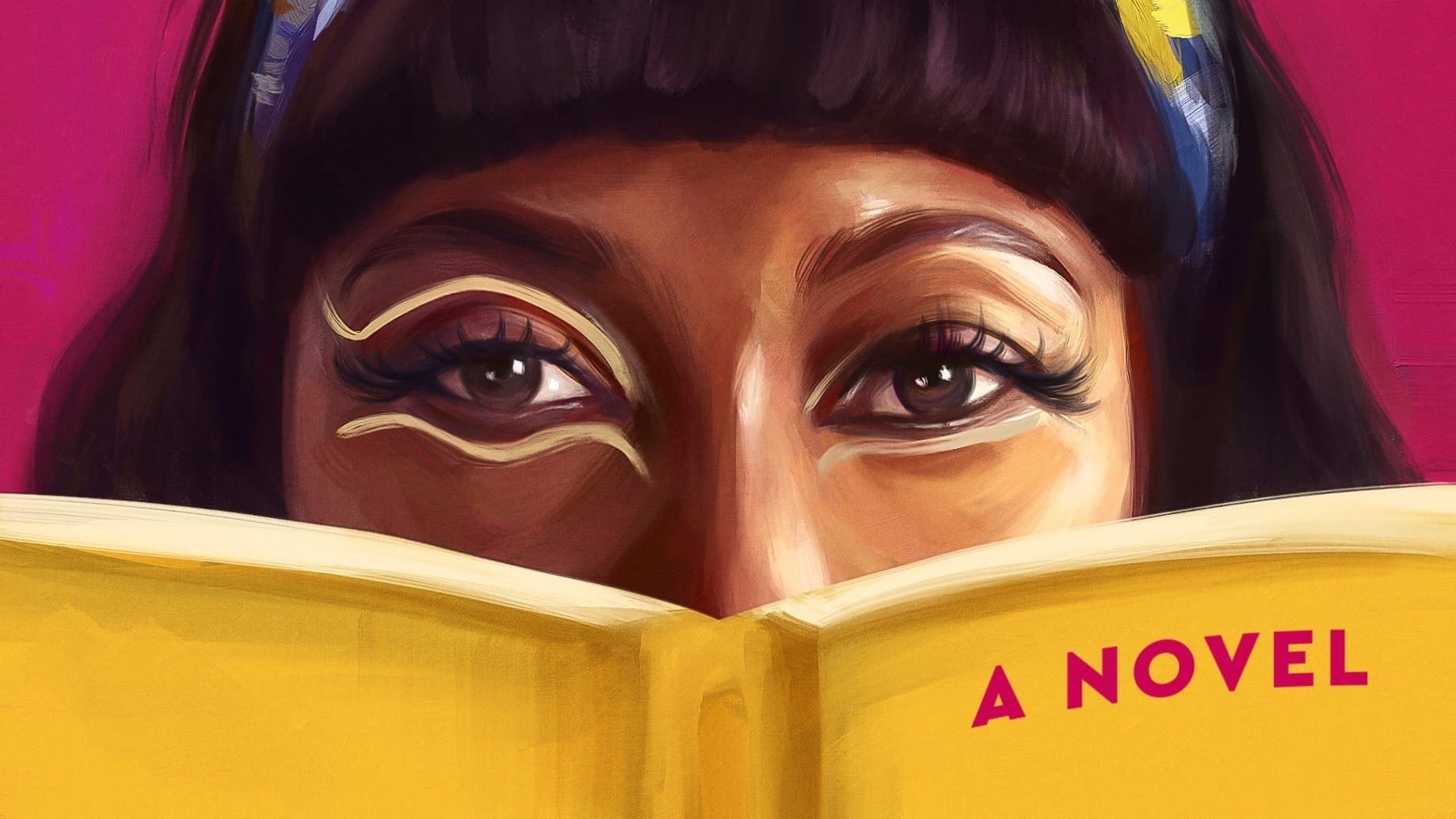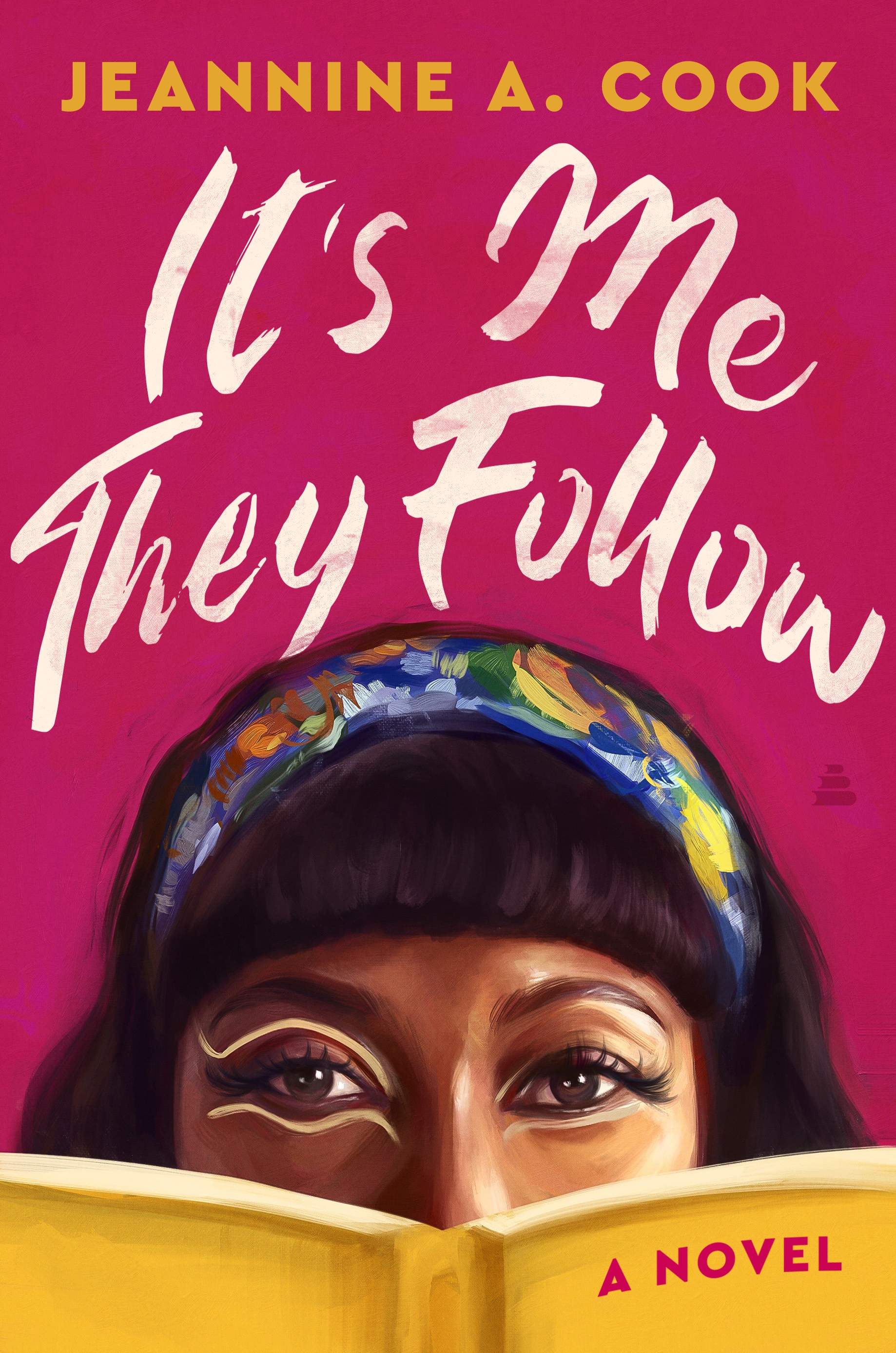Patrice and Garry: Advocates for Marriage Equality and a Future Without Penalties for People with Disabilities
As Garry aptly puts it, “It’s not just about us, it’s about everyone who deserves to love freely and without fear of losing everything.”
Patrice and Garry, a disabled couple in their 50s, share a deep love. Still, their commitment to each other faces a significant barrier that many may not even realize exists: the “marriage penalty” for people with disabilities. For them, the question of marriage isn’t just about love; it’s about survival. If they marry, or even live together, their government benefits, which are essential to their livelihood, would be cut. Despite the risks, Patrice and Garry are determined to forge a future where disabled individuals are no longer forced to choose between love and financial independence.
For Patrice, finding Garry felt like a dream come true. After years of navigating the world as a disabled person, she finally found someone who understood her deeply. But when they began discussing marriage, the harsh reality of their situation set in. The “marriage penalty”—a policy that reduces or eliminates benefits for married people with disabilities—meant that their union could come at a significant cost. For many people with disabilities, this system creates an impossible dilemma: marry and risk losing financial stability or stay unmarried and forgo the legal rights, recognition, and protections that come with marriage.
Rather than accept the system that limits their right to love freely, Patrice and Garry decided to take action. They began planning a commitment ceremony—an act of love and activism that would also shine a light on the struggles faced by millions of disabled people in similar situations. But just as they began preparing, an unforeseen setback occurred: Patrice’s wheelchair-accessible van broke down, forcing her to quit the job she had worked so hard to secure. The loss of the van and her job created an even more pressing financial challenge for the couple.
As they scrambled to find a way to replace the van without exceeding the asset limit required for their disability benefits, they received a glimmer of hope: a bill in Congress aimed at eliminating the marriage penalty for disabled people was gaining momentum. Determined to make a difference, Patrice began rallying her friends, and organizing support for the bill while continuing to navigate the challenges of her personal life. What began as a fight for their own future quickly turned into a broader rallying cry for the rights of disabled individuals everywhere.
The result of their efforts is the documentary PATRICE: THE MOVIE. Directed by Ted Passon of All Ages Production, the film not only tells the story of Patrice and Garry’s struggle but also offers a window into Patrice’s life, her activism, and her journey as a disabled person. The film blends biography, performance, and social commentary, providing an intimate look at the challenges disabled individuals face when it comes to love, marriage, and the right to live freely.
In PATRICE: THE MOVIE, reenactments of pivotal moments in Patrice’s life—created in collaboration with child actors and inspired by her own art—bring audiences closer to the lived experience of a disabled person navigating the world. Patrice describes the process: “Sometimes I’d get so into character that I’d forget where I was.” The reenactments, which were emotionally intense, offered a vivid, and often heartbreaking, portrayal of Patrice’s journey—a journey shaped by her passion for art, her activism, and her belief in the right to love without consequence.
The film is also a powerful counter to the trope of “Inspiration Porn”—a term coined by disability rights activist Stella Young describes media that portrays disabled people as “inspirational” simply for existing. Patrice is clear that her film isn’t about being inspirational; it’s about shifting the narrative to focus on the complex, multifaceted lives of disabled individuals, showing their humanity rather than reducing them to a source of inspiration.
Produced by a diverse team of both disabled and non-disabled creators, the film emphasizes inclusivity at every stage. Accessibility was prioritized, ensuring the well-being of everyone involved in the production. A trauma-informed counselor, Dr. Laura Quiros, was hired to provide emotional support during the more difficult reenactments, helping to create a sensitive and safe working environment for all.
Since the release of the documentary, Patrice and Garry have become outspoken advocates for marriage equality and disability rights. Their visibility has sparked important discussions about the marriage penalty, leading to real policy change. The Social Security office, for example, has acknowledged the need to reconsider the marriage penalty for disabled people. Their advocacy has led to meaningful conversations across the nation, and even internationally, as people begin to recognize the unfairness of a system that penalizes people for marrying.
One of the most surreal moments in their journey came when Patrice and Garry were invited to the White House, where they dined and danced with President Joe Biden. It was an unforgettable experience for a couple who had never imagined their fight would lead them to such high-profile recognition. But despite the accolades and visibility, they know that their work is far from done.
Looking ahead, Patrice and Garry are organizing mass commitment ceremonies in cities and countries worldwide, raising awareness about the marriage penalty and its impact on disabled individuals. They invite others to join the cause by visiting their website, where they can learn more and contact their local Congress members to advocate for change.
As Garry aptly puts it, “It’s not just about us, it’s about everyone who deserves to love freely and without fear of losing everything.” Patrice’s rallying cry—“When the going gets tough, the tough get Patrice!”—captures the heart of their advocacy. Their story is a call to action, a reminder that the fight for justice, equality, and the right to love without penalty is far from over.
Patrice and Garry’s journey continues to inspire and challenge the status quo, pushing for systemic change in a world still learning how to embrace equity, access, and the fundamental rights of disabled individuals.
